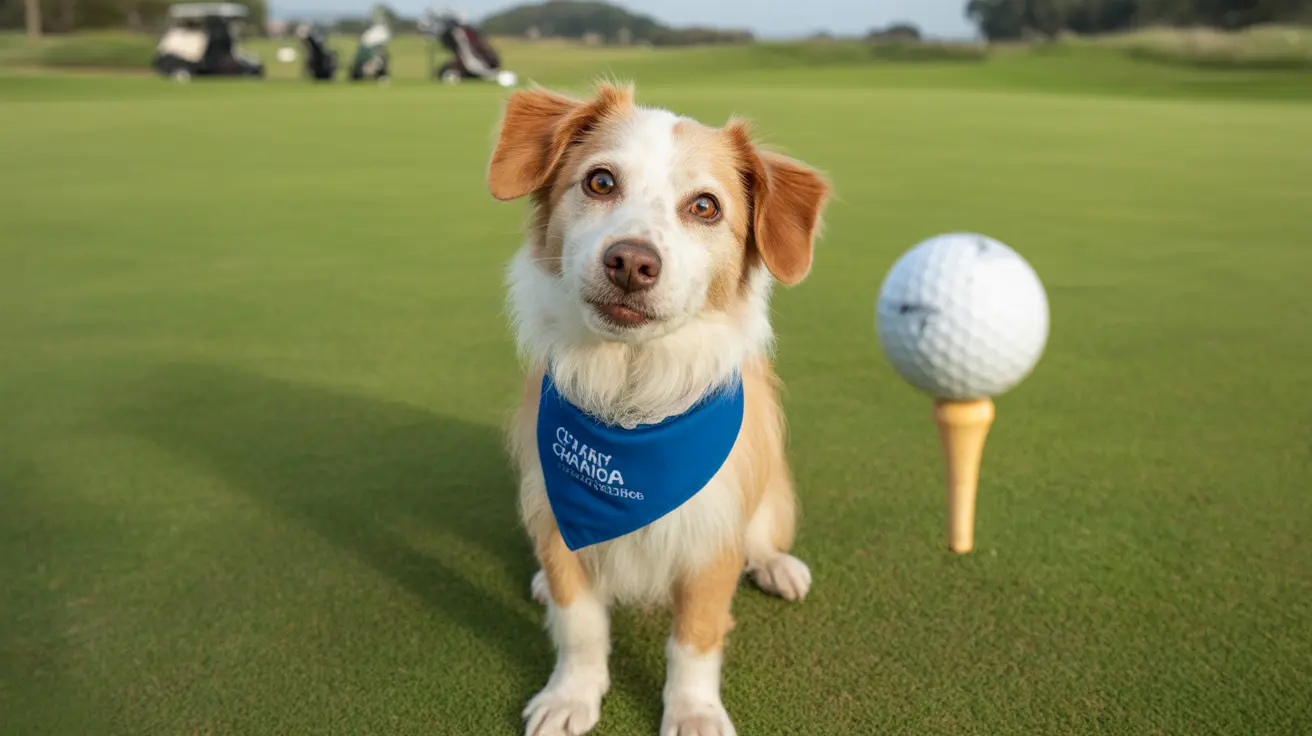Why Is My Dog Seeing Things That Are Not There?
As a pet owner, it can be alarming to observe your dog staring at blank walls, barking at invisible entities, or chasing something that seemingly doesn't exist. This behavior may appear supernatural, but there's often a logical explanation rooted in either medical, psychological, or environmental causes. It's crucial to explore these possibilities to ensure your dog's health and well-being.
1. Canine Visual and Sensory Systems
Dogs perceive the world differently than humans. They rely heavily on their senses of smell and hearing, which are far more acute than ours. Sometimes:
- High-frequency sounds (undetectable to humans) might trigger a reaction.
- Reflection or subtle light changes could simulate shifting images.
- Olfactory cues might cause them to appear as if they're seeing something when they're actually tracking a scent.
These heightened senses can explain why your dog may react to something that seems invisible to you.
2. Medical Causes
If your dog regularly seems to see things that aren't there, a veterinary exam is vital. Possible medical explanations include:
- Seizures: Complex partial seizures can cause hallucinations or odd behaviors, like snapping at the air.
- Brain tumors: Could affect vision or behavior significantly.
- Vestibular disease: Impacts balance and spatial orientation, which may lead to disoriented reactions.
- Vision loss or disorders: Dogs with deteriorating eyesight might misinterpret shadows or light as objects.
Professional evaluation can help rule out or identify these serious conditions.
3. Canine Cognitive Dysfunction (Dog Dementia)
Older dogs sometimes develop Canine Cognitive Dysfunction Syndrome (CDS), similar to Alzheimer's in humans. Symptoms include:
- Disorientation
- Vacant staring
- Pacing or restlessness
- Apparent hallucinations
This age-related condition can confuse dogs and make them react to internal stimuli as if they were real events or intruders.
4. Anxiety or Stress-Related Hallucinations
Dogs under severe stress or sensory overload may exhibit unusual behaviors. Anxiety-based triggers might include:
- Changes in their environment
- Separation anxiety
- Loud noises (e.g., fireworks, thunderstorms)
- Lack of mental stimulation or chronic boredom
These stressors can cause obsessive behaviors or misinterpreted responses to stimulation.
5. Insect or Light Chasing Behavior
Some dogs develop compulsions that lead them to chase moving lights, shadows, or imaginary insects. Known as fly-snapping syndrome or phantom biting, this behavior may look like the dog is seeing things.
Potential causes include:
- Neurological disorders
- Obsessive-compulsive tendencies
- Eye irritation
Veterinary assessment is essential to determine the source and treat accordingly.
6. Breed Predisposition and Genetic Behaviors
Certain breeds, such as Border Collies or Cocker Spaniels, are more prone to behaviors like chasing unseen objects due to their high prey drive or sensitivity to movement.
While not pathological, such tendencies can escalate if left unaddressed through proper training and environmental enrichment.
7. When to See a Veterinarian
If your dog consistently exhibits behaviors like staring into space, barking at nothing, or fly-snapping, it's time to consult a vet. Seek immediate care if:
- Your dog exhibits seizure-like activity.
- You notice sudden changes in behavior.
- There is evidence of visual or hearing loss.
Accurate diagnosis requires a combination of physical exams, blood work, neurological evaluation, and sometimes imaging like MRIs.
8. Treatment Options
Treatment depends on the underlying cause. Potential approaches may include:
- Medications: Anti-anxiety drugs, seizure control meds, or cognitive support products.
- Environmental Enrichment: Interactive toys, puzzles, and training to reduce anxiety and boredom.
- Dietary Supplements: Omega-3 fatty acids, antioxidants, and cognitive-enhancing agents.
Behavioral therapy and training adjustments might also be necessary for symptom management and prevention.
Conclusion
Though it may seem spooky, your dog seeing things that are not there usually has a rational explanation. From medical issues and cognitive decline to sensory discrepancies and anxiety, many factors can trigger such behaviors. The most important step is to remain observant, seek veterinary advice, and support your pet through any necessary treatment or behavioral adjustments. With proper care, you can help your dog live a happier, healthier, and more grounded life.





